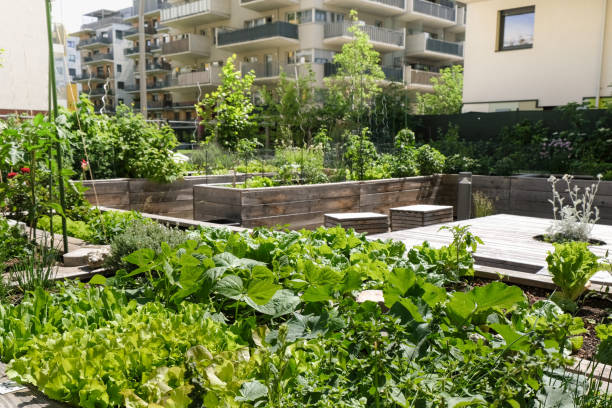Compact composting methods for small outdoor spaces
Composting in tight outdoor spaces is entirely feasible with the right approach. Compact systems such as worm bins, tumblers, layered containers, and bokashi make it possible to turn kitchen scraps and yard trimmings into usable soil amendment. This article outlines practical methods, space-saving container options, pest-aware practices, and ways to integrate finished compost into small-scale landscaping, containers, and vegetable patches while supporting sustainability and soil health.

Composting options for small spaces
Small outdoor areas benefit from methods that prioritize airflow, odor control, and minimal footprint. Vermicomposting (worm composting) uses a shallow container and red wigglers to process vegetable scraps quickly, producing rich worm castings ideal for containers and perennials. Bokashi is an anaerobic fermentation method in sealed buckets that handles meat and dairy and produces a pre-compost product that can be buried or added to a hot compost phase. Tumblers and compact bin designs speed decomposition while keeping pests and moisture contained for tidy terraces and patios.
Containers: what to use and how to set them up
Choice of container affects aeration, drainage, and ease of harvest. Stackable plastic bins, wooden mini-bins, and commercial tumblers all have merits: plastic retains heat and moisture, wood breathes and blends into landscaping, and tumblers ease turning. Ensure containers have drainage and ventilation holes and are raised slightly to avoid soggy bottoms. For balconies or courtyard gardens, use compact, enclosed designs that fit beside container plantings; line bottoms with coarse material for airflow and add layered green and brown materials to maintain balanced decomposition.
Soil improvement and using finished compost
Finished compost enhances soil structure, water retention, and nutrient availability in small beds and containers. Incorporate compost at a 10–20% volume into potting mixes for vegetables or perennials and use a thin 1–2 cm topdressing around native plants to improve microbial activity without smothering roots. Compost also helps reduce reliance on synthetic fertilizers and supports propagation by improving seedling substrate. For containers, blend compost with light materials like perlite and coir to maintain drainage while boosting fertility.
Mulch and integration with landscaping
Use finished compost as a component of mulch or as a base layer beneath mulch to slowly release nutrients. In compact landscapes, apply compost beneath a 5–7 cm mulch layer to suppress weeds, moderate soil temperature, and reduce watering needs. Mulch choices such as shredded bark or straw complement compost by limiting evaporation and supporting soil life. When working with perennials and vegetable patches, replenish compost annually to maintain soil health and support continuous growth in small spaces.
Irrigation and watering considerations for compost systems
Moisture control is critical in confined composting setups. Compost should be as damp as a wrung-out sponge; too dry and decomposition slows, too wet and anaerobic odors and pests can increase. For horizontal bins or containers, check moisture weekly and add water with a watering can or adjust green-to-brown ratios. Integrate compost use with efficient watering strategies for small gardens—mulch and soil-amended mixes reduce irrigation needs. In containers, monitor watering frequency after adding compost, as amended mixes often retain moisture longer.
Pests, propagation, and sustainability practices
Protect compact compost systems from pests by using sealed bins, fine mesh ventilation, and balanced inputs—avoid large amounts of meat and oily foods unless using bokashi. For vermicomposters, maintain proper temperature and bedding and bury fresh food scraps to deter flies. Finished compost supports propagation by providing a nutrient-rich medium for cuttings and seed starting when mixed lightly with sterile substrates. Emphasize sustainability by returning organic waste to the garden, choosing native plants for low-input landscaping, and using compost to reduce external fertilizer and pesticide needs.
Compact composting methods can transform limited outdoor space into a productive loop that feeds soil and plants. Selecting the right system—worm bins, tumblers, bokashi, or layered containers—depends on available space, types of waste, and tolerance for maintenance. With attention to container choice, moisture control, pest prevention, and strategic use of finished compost as mulch and soil amendment, even small terraces and courtyards can support vegetables, perennials, and native planting schemes while improving long-term soil health and sustainability.





